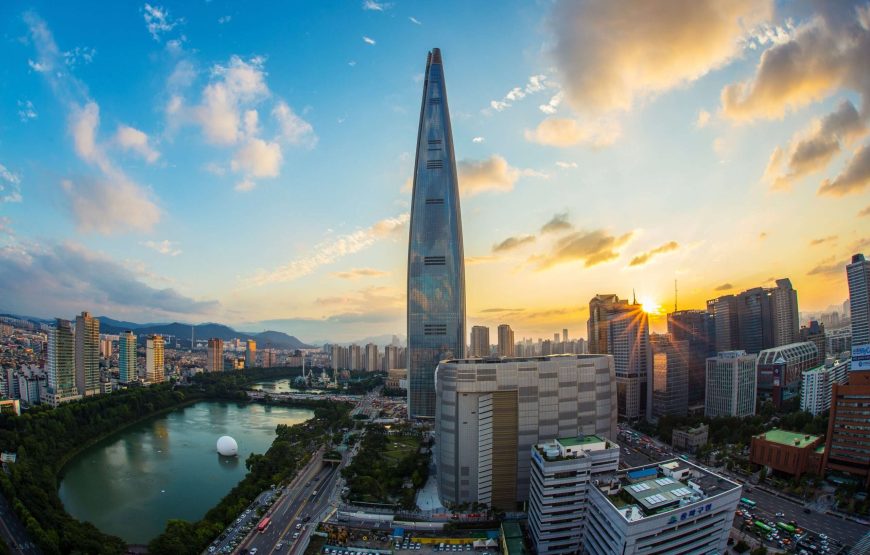Seoul is a modern metropolis and the capital of South Korea. The Bukchon Hanok Village will show you a well-preserved historical heritage of South Korea with traditional houses called hanoks. The Deoksugung Palace was used as a residence of many Korean royal family members during the Joseon period. The Changdeokgung Palace is a UNESCO World Heritage Site for its Korean architectural and cultural heritage. The City Hall of Seoul is located at the heart of Seoul and features a curved glass facade.
Cheorwon’s DMZ section is known for housing the Second Tunnel, one of four known North Korean infiltration tunnels discovered in 1975, capable of moving 30,000 troops per hour. The area, once part of North Korea, became South Korean territory after the war and was known as the “Iron Triangle” due to its strategic importance.
Suwon is a city known for its historical sites, such as the Hwaseong Haenggung Palace, which served as a temporary palace for King Jeongjo when he visited Suwon. It included gardens, halls, and living quarters.
Jeonju is a city where you will find the Hanok Village with its well-preserved hanok houses that are currently used as guesthouses, cultural events, and teahouses.
Sunchang Gochujang Village, nestled at the foot of Amisan Mountain, is renowned as Korea’s epicenter of traditional gochujang (red chili paste) production, where some families have preserved their secret recipes for over 300 years.
Damyang, located in South Jeolla Province, is famous for having Korea’s largest bamboo forest, Juknokwon, which spans over 160,000 square meters with more than 20 different species of bamboo.
Haeinsa Temple, a UNESCO World Heritage site founded in 802 CE, is most famous for housing the Tripitaka Koreana – the world’s most complete collection of Buddhist texts, carved on 81,258 wooden printing blocks in the 13th century.
Busan is the second largest city in South Korea. The Haedong Yonggungsa Temple is located far away from Busan city by the sea, which provides scenic views on the cliffs and is a unique temple that shows Buddhist traditions. The Busan fish market has a great variety of fresh seafood that visitors can buy or taste fresh inside one of the many restaurants available. The fish market is located close to the Nampo Port, also known as Nampo-dong, and connects the city with the sea. The Yongdusan Park is in a strategic location in the city of Busan; you will able to visit the Busan Tower there, see many statues and monuments, the flower clock, the Chungryeolsa Shrine, as well as enjoy the many walking paths and gardens that it has to offer.
Travel to South Korea with Latin Spirit Travel & Tours.

Leave a review